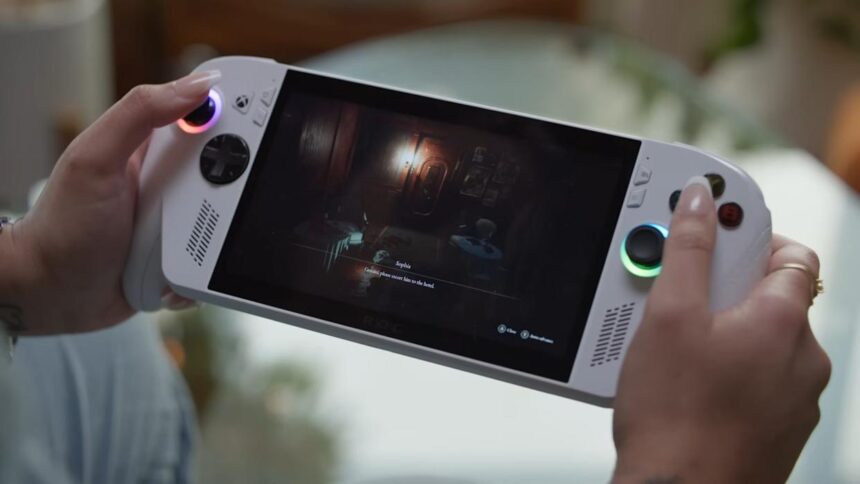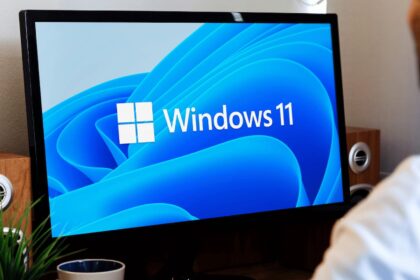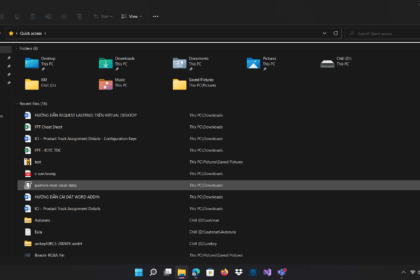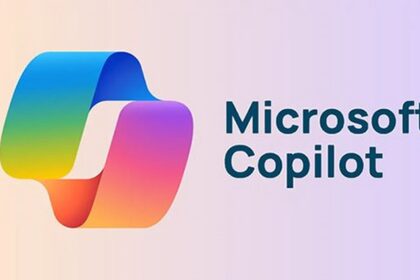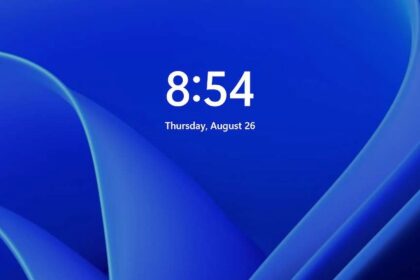If you’ve ever booted up a new PC game and sat through painfully long load times — or worse, suffered through random stutters mid-battle — you’ve probably run into the notorious shader compilation problem.
Despite powerful CPUs and lightning-fast SSDs, games often need to build shaders (small pieces of GPU code) on the fly, and that process depends on your graphics card, drivers, and settings. The result? Millions of possible shader combinations and plenty of headaches for gamers.
Now, Microsoft’s DirectX team says it’s working on a fix.
In a new blog post, the engineers unveiled Advanced Shader Delivery, a system designed to eliminate shader compilation delays. Here’s how it works: games compile shaders ahead of time, which are then stored in a State Object Database. Those shaders are further processed into a Precompiled Shader Database (PSDB) — essentially separating the compiler from the graphics driver.
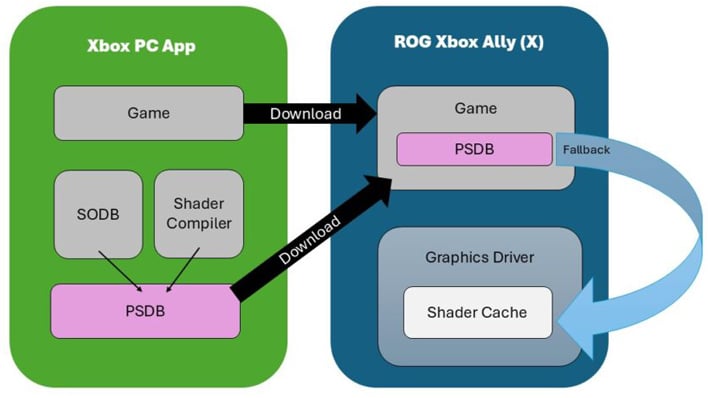
The PSDB gets uploaded to Microsoft’s cloud and shared with other devices through the Xbox app. That means when you load up a game, your PC can download pre-built shaders instead of wasting time generating them locally. Microsoft claims this cut load times in Avowed by a whopping 85%, and even helped with battery efficiency. The PSDB can also be refreshed whenever new GPU drivers roll out.
For now, the feature isn’t universal. It’s being tested first on handheld gaming PCs like the ASUS ROG Ally and ROG Ally X, with help from AMD and Xbox engineers. Microsoft plans to release its AgilitySDK in September so developers and storefronts can start adopting the feature, with broader device support to be announced later.
It’s hard not to see this move as a response to Valve’s Steam Deck. Valve already uses a similar pre-caching system in SteamOS and has its own “Steam Deck Verified” program for compatibility.
Microsoft, meanwhile, is introducing handheld-specific game ratings such as Handheld Optimized and Mostly Compatible, along with a new performance badge (Should Play Well/Great) that sets expectations for smooth gameplay.
Still, Microsoft faces challenges that Valve doesn’t. The Steam Deck benefits from a tightly controlled hardware-software ecosystem, whereas Windows gaming PCs rely on countless third-party parts and drivers. On the other hand, Windows continues to enjoy broader game compatibility, especially for titles with tricky anti-cheat systems that don’t always play nice with Linux-based SteamOS.
Whether Microsoft eventually rolls out shader pre-caching across the entire PC ecosystem remains to be seen. Given the sheer complexity of supporting every possible hardware and driver setup, it’s a massive undertaking — but one that could finally put shader stutter in the past.

